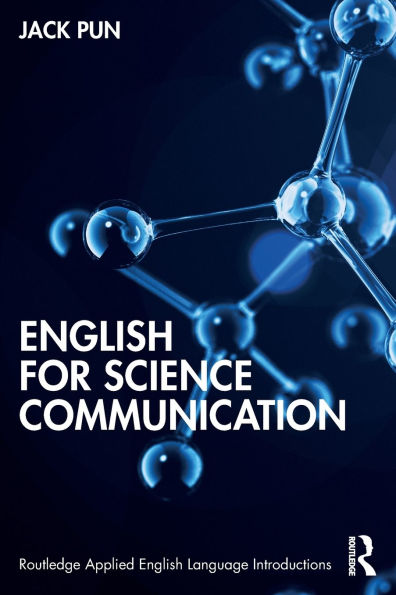English for Science Communication introduces English-language knowledge and skills for scientific communication in a range of local and international contexts. It develops students’ ability to locate and critically read a variety of scientific texts and appropriately communicate, through speaking and writing, the findings of scientific projects to both specialist and non-specialist audiences.
The book introduces students to common rhetorical structures used in authentic scientific communication, as well as the typical vocabulary and grammar needed to express these structures. Students will learn to evaluate and report the findings of a scientific study using a range of genres, modes, and media formats, including written scientific reports and multimodal scientific documentaries.
Introducing how to understand, present, write, and communicate scientific information in English, this practical guide is essential for all students using English in their science degrees, including as a second language.
English for Science Communication introduces English-language knowledge and skills for scientific communication in a range of local and international contexts. It develops students’ ability to locate and critically read a variety of scientific texts and appropriately communicate, through speaking and writing, the findings of scientific projects to both specialist and non-specialist audiences.
The book introduces students to common rhetorical structures used in authentic scientific communication, as well as the typical vocabulary and grammar needed to express these structures. Students will learn to evaluate and report the findings of a scientific study using a range of genres, modes, and media formats, including written scientific reports and multimodal scientific documentaries.
Introducing how to understand, present, write, and communicate scientific information in English, this practical guide is essential for all students using English in their science degrees, including as a second language.

English for Science Communication
368
English for Science Communication
368
Product Details
| ISBN-13: | 9781032582771 |
|---|---|
| Publisher: | Taylor & Francis |
| Publication date: | 11/10/2025 |
| Series: | Routledge Applied English Language Introductions |
| Pages: | 368 |
| Product dimensions: | 6.12(w) x 9.19(h) x (d) |
